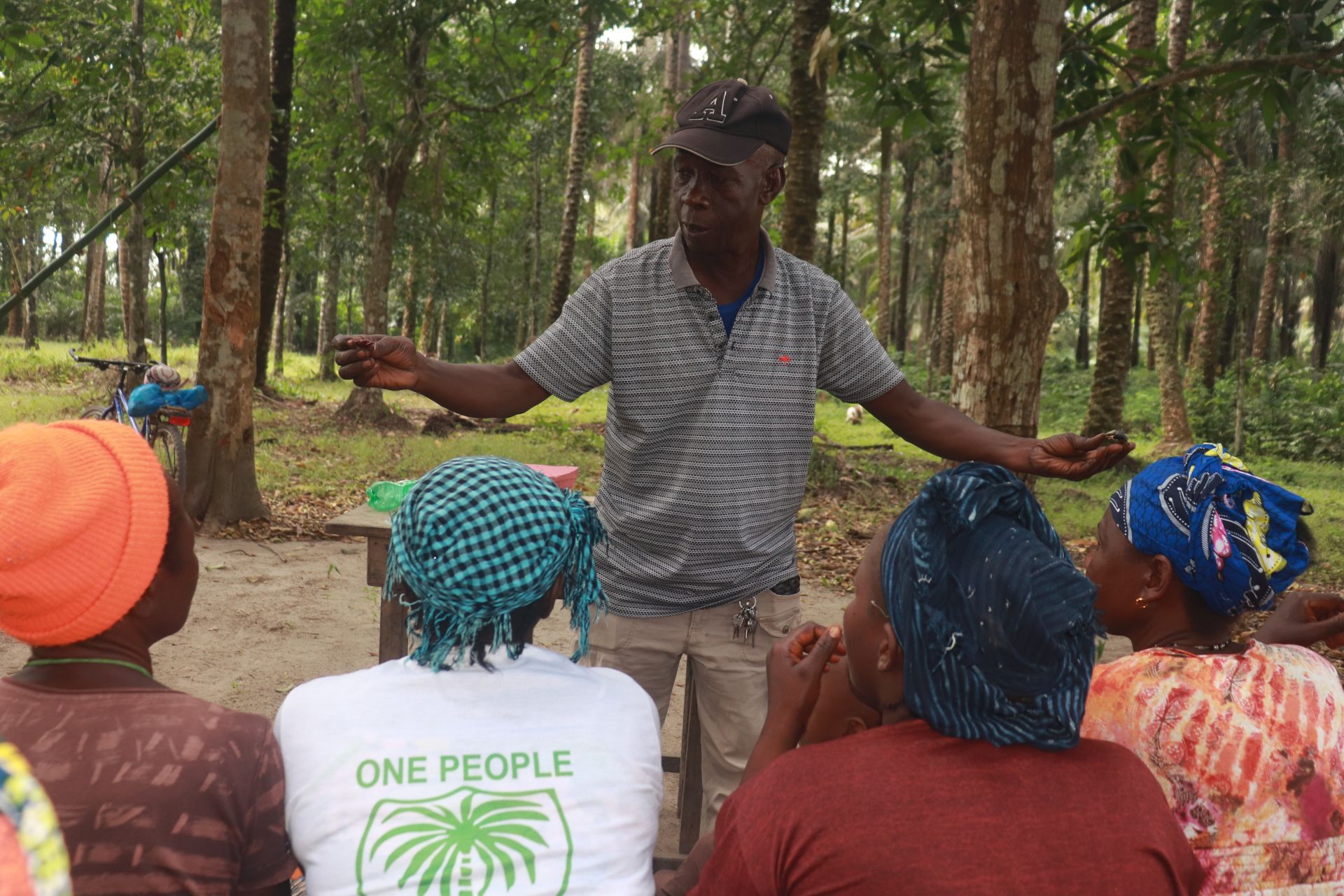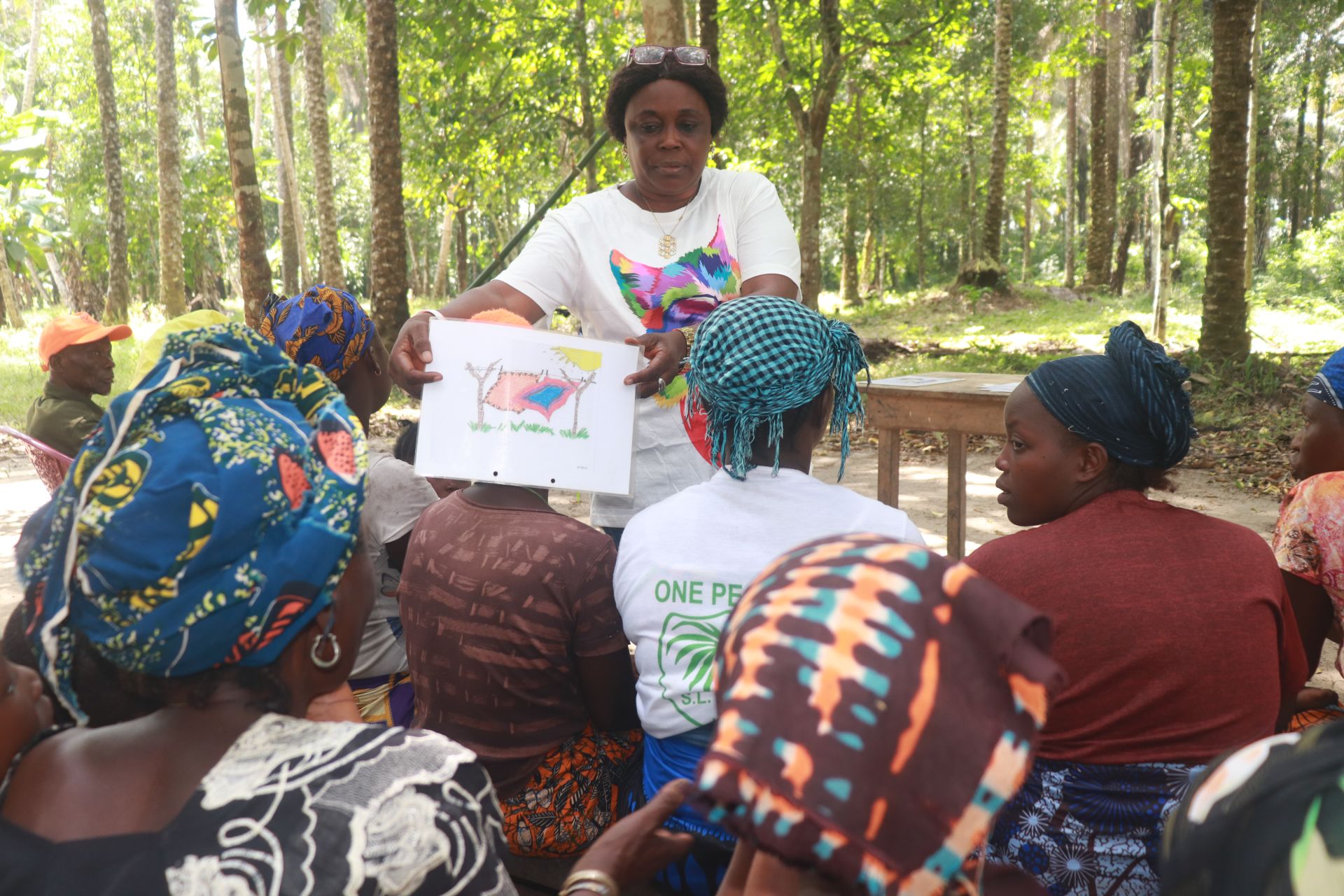In the Makabaray Community, 144 residents must go to great lengths to collect water. Their well is dry six months out of the year, and their only other option is collecting water from a lake. To do so, they have to take a canoe to where the water is clearer and haul it back home.

Community members on the lake to collect water.
Our Field Officer Phillip Allieu shared, "The challenges of fetching water in this community have caused a water crisis. There is always a shortage of water in every household of this community during the dry season when the water well is dry. The crisis of water is always affecting [the] activities of the community people. Every day, the community people rush in search of water early in the morning before going out to their various places of work. The constraints of fetching water from the lake cause delays. They spend more time fetching water and limited time working at their various workplaces. During the dry season, the means of fetching clean drinking water is particularly challenging. Therefore, the water users cannot make more than two trips of water from the lake to their various households."
28-year-old farmer Kadiatu Kamara feels the burden of her community's water crisis.

Kadiatu Kamara carrying water home.
"My children are too young to fetch water for me because they are not strong yet. I struggle to fetch water to do all the domestic work at my house. It is difficult to fetch water from the lake during the dry season. The little amount of water that I fetch for my house is not enough to serve us. I need water to bathe my kids, prepare food for my family, launder clothes, and for other domestic uses. I am the only one that can fetch water to do all the domestic activities," she said.

Drying rice.
"Fetching water for my house is not the only task that I must do for the day. I also work on my farm, process palm oil, and bring firewood to prepare food. The daily task that takes the most time for me is fetching water from the lake. This gives me less time to do other tasks. The water challenge always becomes hard during the dry season when the water well gets dry. This is the reason for the water shortage at my house and the limited use of water," Ms. Kamara continued.
Time isn't the only thing Ms. Kamara and the rest of her community sacrifice. They often sacrifice their health as well. The water from the lake that they work so hard to bring home isn't safe for consumption, resulting in water-related illnesses.
"Typhoid fever is another prevalent sickness in this community. The drinking of water from the lake and the water well in this community might lead to waterborne diseases. Vomiting and frequent stooling are particularly a common sickness of children in this community. The little children in this village often have a feverish temperature," continued our field officer, Phillip.

Kadiatu collects water in the middle of the lake with her baby on her back.
Rehabilitating the community's dug well into a borehole well will eliminate their seasonality issues so community members like Kadiatu Kamara will have clean, reliable water on their doorstep all year round. When their water crisis is resolved, they can put their energy into thriving, not just surviving.
Steps Toward a Solution
Our technical experts worked with the local community to identify the most effective solution to their water crisis. They decided to drill a borehole well, construct a platform for the well, and attach a hand pump.
Well
Abundant water often lies just beneath our feet. Aquifers—natural underground rivers—flow through layers of sediment and rock, offering a constant supply of safe water. A borehole well is drilled deep into the earth to access this naturally filtered and protected water. We penetrate meters, sometimes even hundreds of meters, of soil, silt, rock, and more to reach the water underground. Once found, we construct a platform for the well and attach a hand pump. The community gains a safe, enclosed water source capable of providing approximately five gallons of water per minute. Learn more here!
Community Education & Ownership
Hygiene and sanitation training are integral to our water projects. Training is tailored to each community's specific needs and includes key topics such as proper water handling, improved hygiene practices, disease transmission prevention, and care of the new water point. Safe water and improved hygiene habits foster a healthier future for everyone in the community. Encouraged and supported by the guidance of our team, a water user committee representative of the community's diverse members assumes responsibility for maintaining the water point, often gathering fees to ensure its upkeep.

 Borehole Well and Hand Pump
Borehole Well and Hand Pump









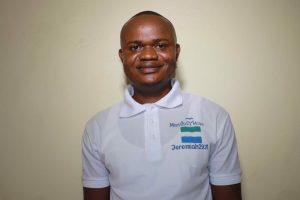
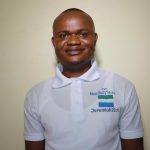





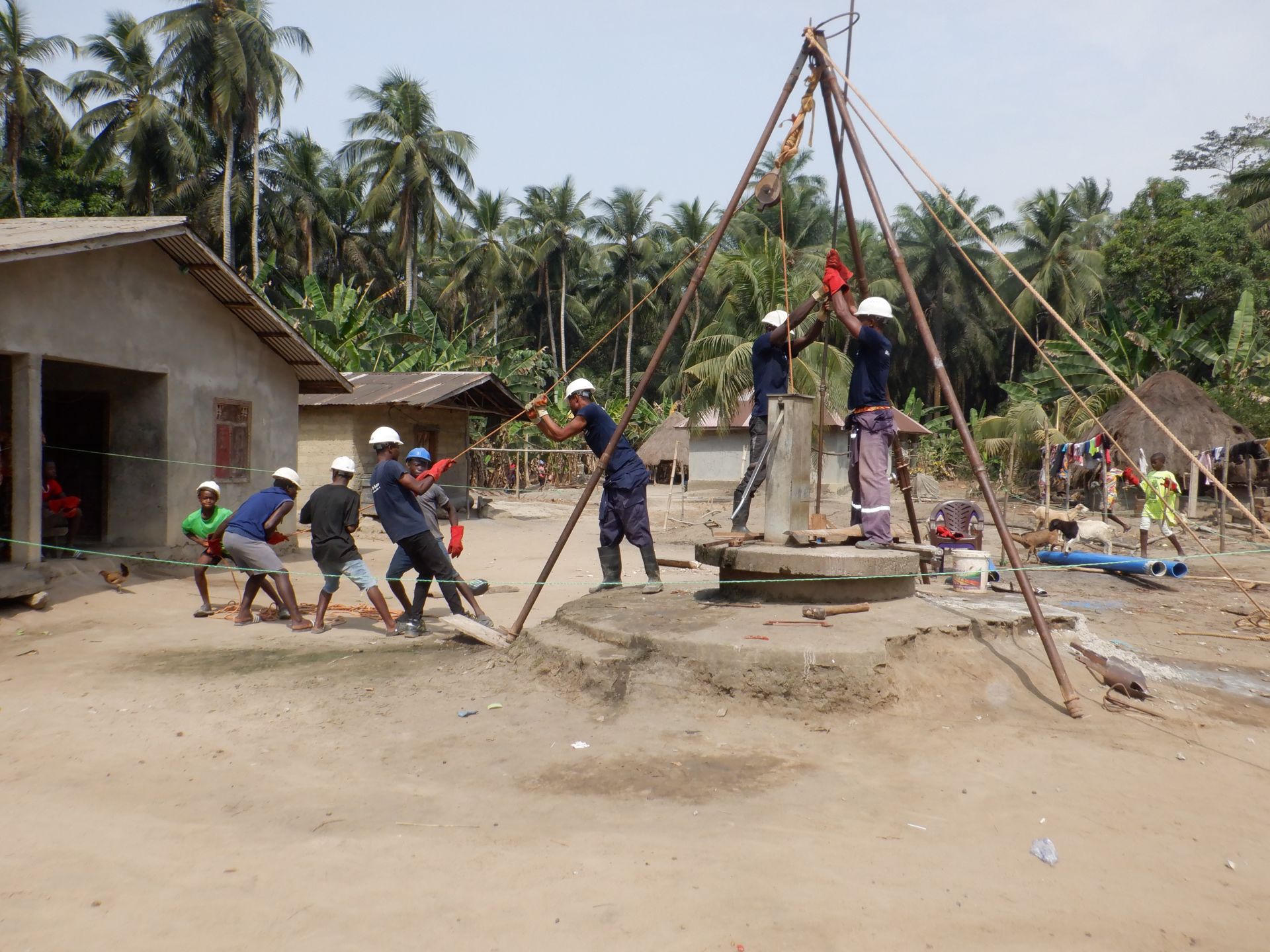
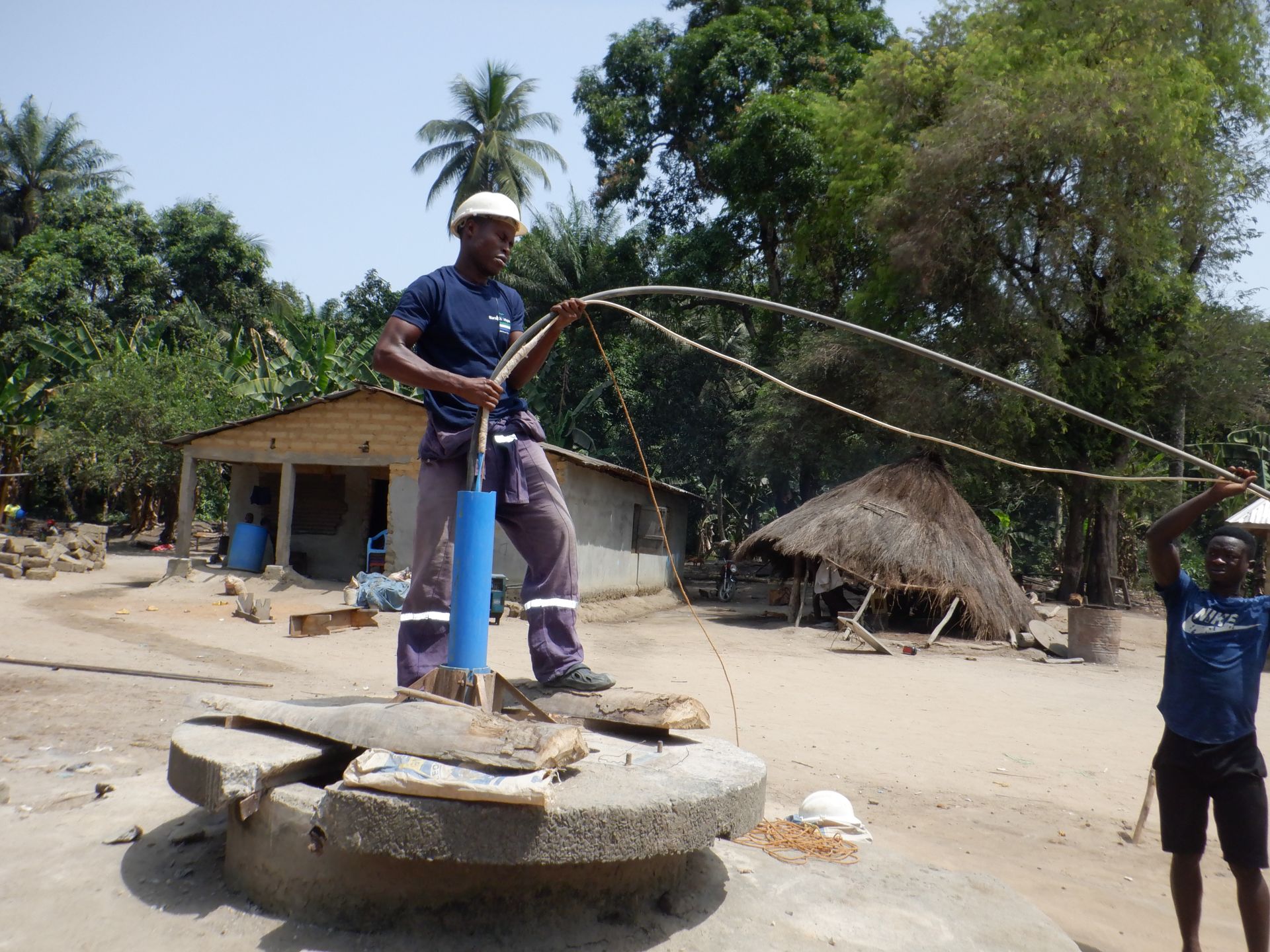
 As the project neared completion, we built a new cement platform, walls, and drainage system around the well to seal it off from surface-level contaminants. The drainage system helps to redirect spilled water to help avoid standing water at the well, which is unhygienic and a breeding ground for disease-carrying mosquitoes.
As the project neared completion, we built a new cement platform, walls, and drainage system around the well to seal it off from surface-level contaminants. The drainage system helps to redirect spilled water to help avoid standing water at the well, which is unhygienic and a breeding ground for disease-carrying mosquitoes.

